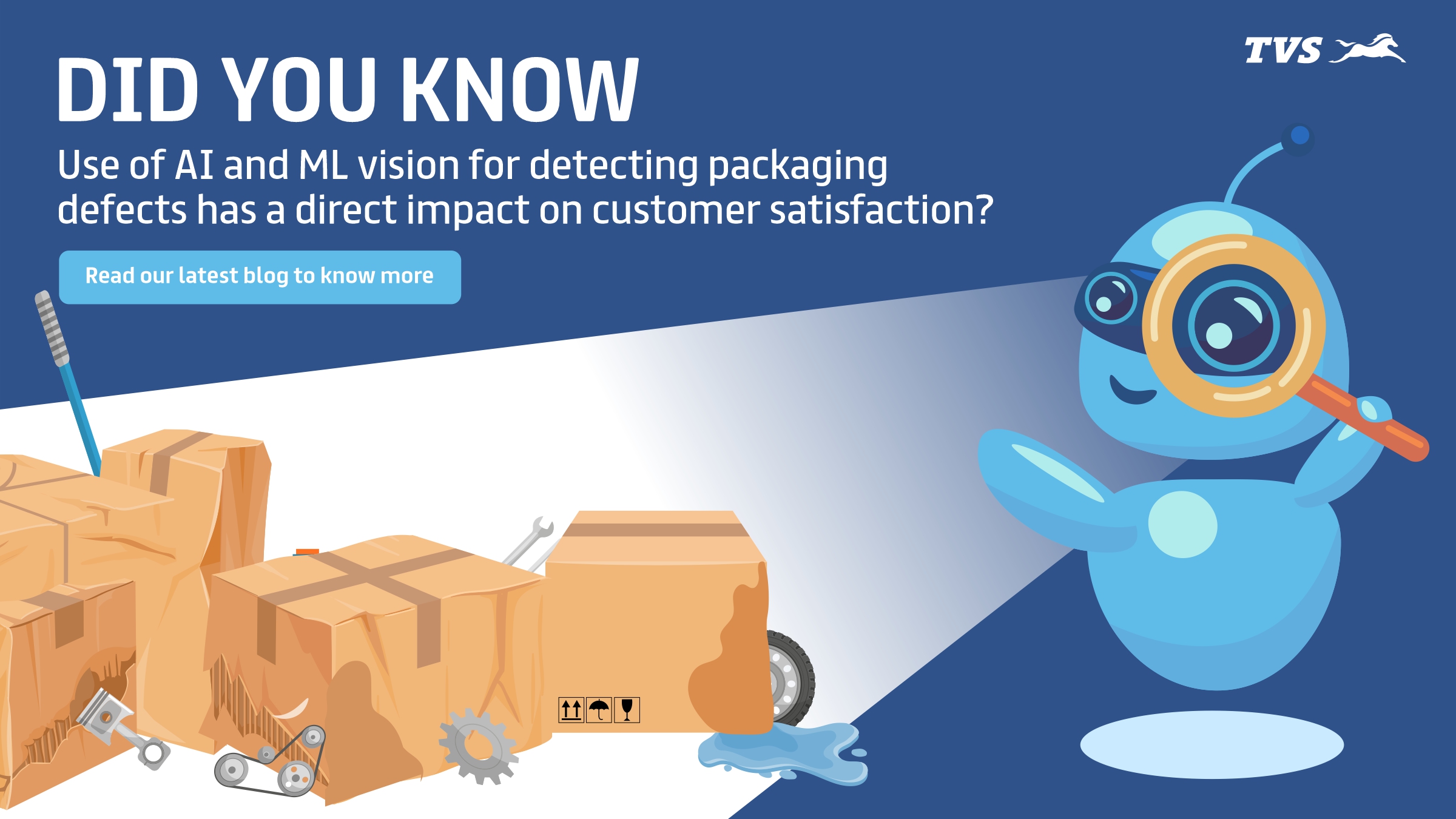Our International Business spans 80 countries across the globe where customers use our two and three-wheelers for their mobility needs. We supply our products to our global customers from manufacturing facilities in India and Indonesia. In fact, we just crossed a significant milestone of one million export units.
Due to the specific requirements in various countries, we despatch vehicles in CKD (completely knocked down) & SKD (semi-knocked down) conditions. In CKD, parts for a complete vehicle are packed in boxes and despatched. To assemble the vehicles in the destination countries, all the right parts required to assemble a complete vehicle must be packed in the box in the first place. We won't assemble the complete vehicle even if one part is missed, mismatched, or has a defect. We handle more than 1,500 different varieties of parts and in various colours. Many parts look similar, and it is difficult for the human eye to identify the right part for the particular vehicle variant being packed. The despatches are through sea shipments, it takes several months for delivery and assembly at respective countries. Therefore, any missing parts in a CKD package are identified several months after the packing process and replacements are typically sent via Air. Hence, global automotive businesses must have exceptional quality detection capabilities in packing assembly operations.
We first implemented an IOT based platform for packing assembly using barcode-based scanning to ensure all the right parts are placed in the right boxes. To make the packing process Poke Yoke (mistake proofing), we wanted to deploy Vision-based AI systems to complement the IOT platform. Further, weighing machines present a good mechanism for parts like chain and cable assemblies that do not have fixed profiles. So, we have developed and fully integrated deep learning algorithms and complementary systems with the manufacturing execution system (MES) in multiple stages of packing assembly. For each vehicle variant, the stagewise parts to be packed are displayed on a computer screen and each part is identified through the Vision AI system. If it is the right part, the conveyor will run, and assembly will continue. If the vision AI system detects a wrong part, the conveyor will stop since the conveyor PLC is integrated with the result of the vision system. The operator then inspects and replaces it with the correct part.
We leverage general-purpose cameras, and the integrated intelligence is built on state-of-the-art deep learning algorithms for object detection such as FRCNN (fast regions with convolutional neural networks) and YOLO (You only look once). Powerful GPU servers are used for image processing. Model training time for new parts has been reduced from a week to less than a day by enhancing the Vision AI algorithms. This is an example of augmented AI where powerful vision algorithms, digitalised automation, and human-in-the-loop problem solving come together in our operations.
Few sample parts:

No of parts in this family – 14

No. of parts in this family – 3

No. of parts in this family – 7

No. of parts in this family – 11




Comments (4)
ZAP
23 Jun 2022
aYlNlfdX
01 Sep 2023
1
aYlNlfdX
01 Sep 2023
1
WXnWITURD
22 Jul 2025